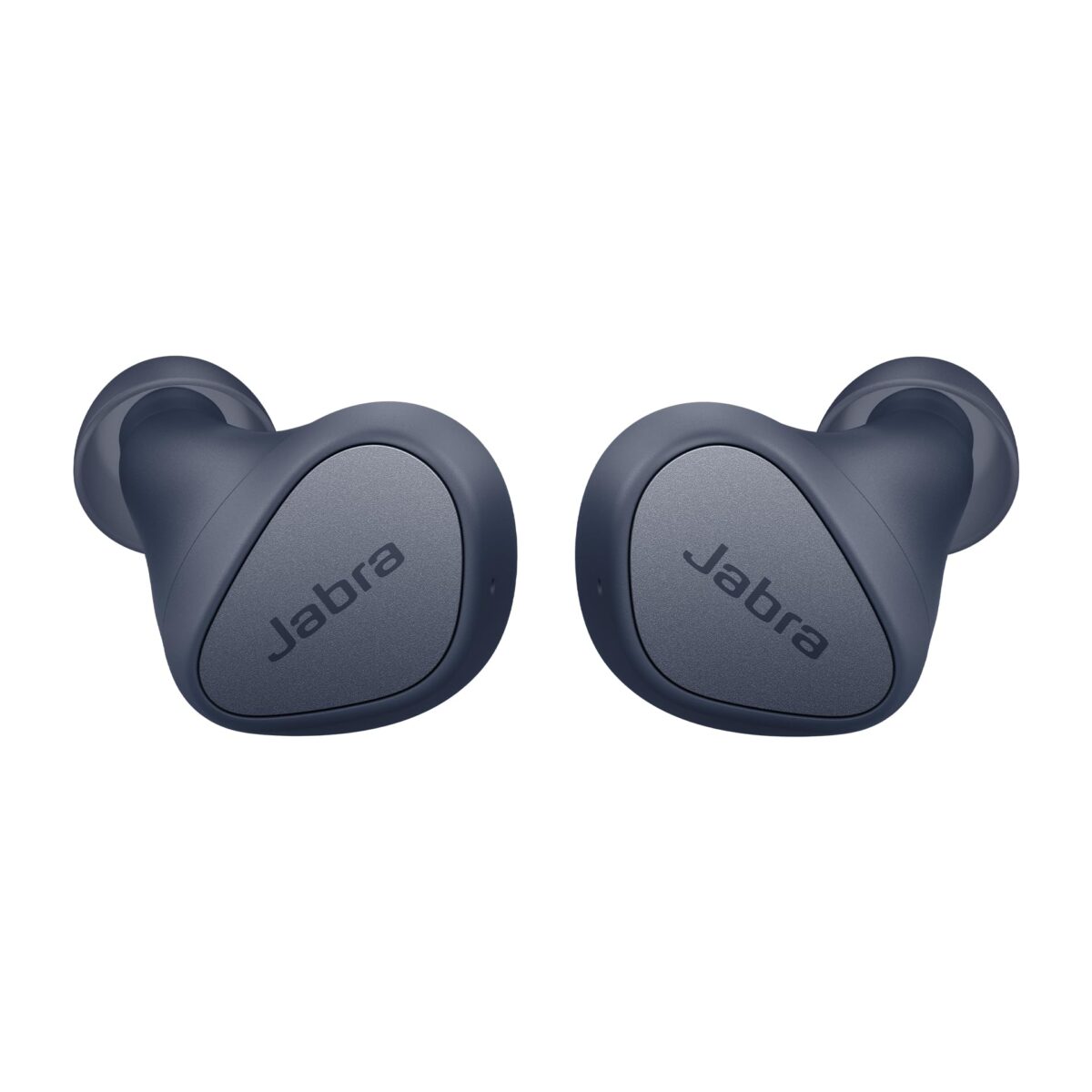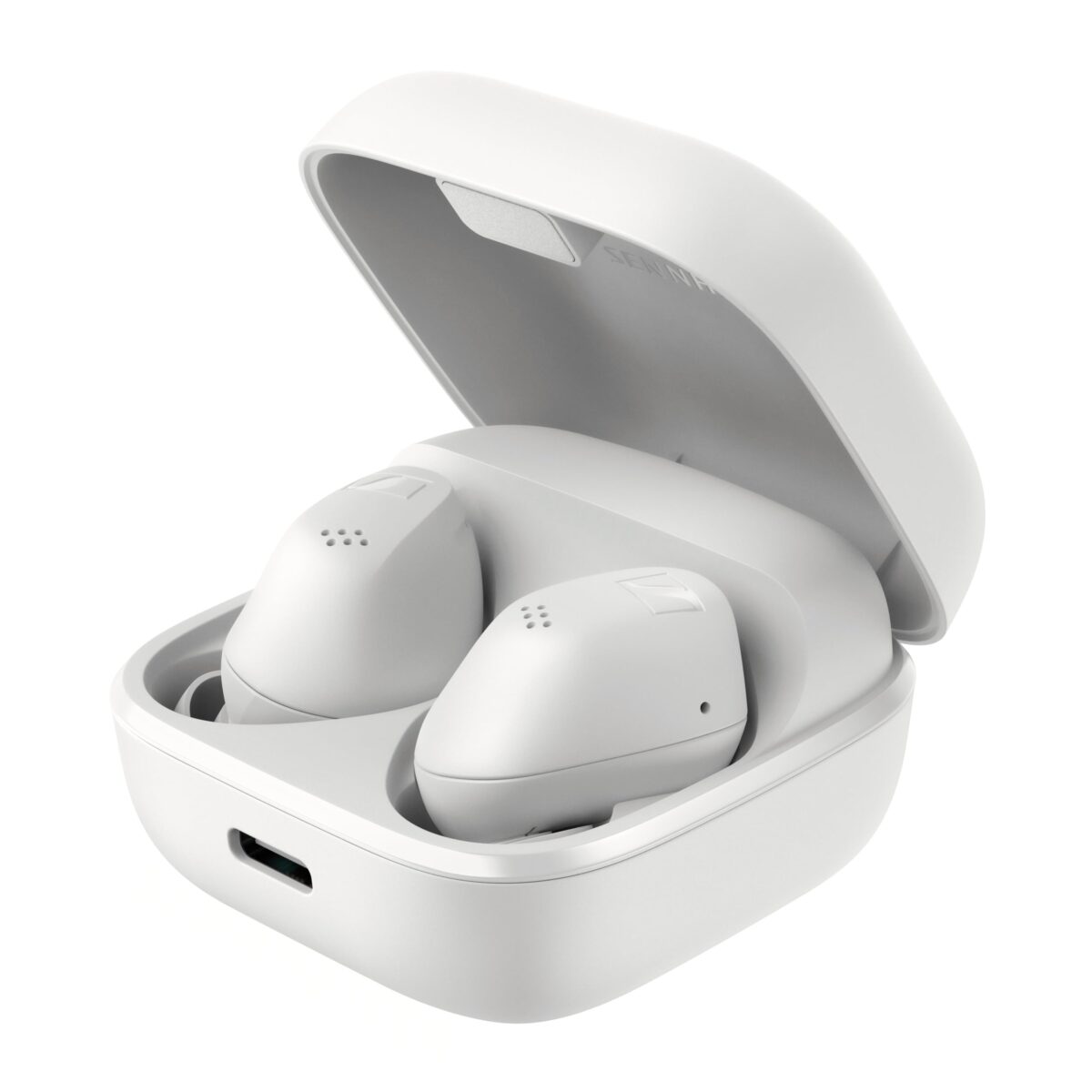Why Retaining Older Technology Could Be a Wise Financial Strategy
Quick Read
- Numerous organisations are reconsidering the transition to cloud services for financial and operational purposes.
- Keeping on-premises technology can prove to be more economical over time, particularly in specific industries.
- Older systems provide enhanced control over data security and compliance requirements.
- Organisations need to assess their distinct needs before fully committing to cloud solutions.
Reasons Some Organisations are Reluctant to Transition to the Cloud
The appeal of cloud computing has been considerable in recent times, leading many organisations to adopt cloud-based technologies. Nonetheless, an increasing number of companies are reevaluating this transition, especially regarding the retention of certain technologies on-premises. Tim McPherson, Northern Region General Manager for Sales at Interactive, points out that at some juncture, every organisation must meticulously assess which assets remain onsite and which can be migrated to the cloud.
Financial Implications
A prominent factor behind the decision to keep older technology is cost considerations. Although cloud services might appear less expensive initially, ongoing costs can accumulate rapidly. Expenses related to licensing, data transfer, and continuous subscription fees can render cloud solutions pricier than managing current hardware and software. For budget-conscious organisations, particularly in sectors with narrow margins, maintaining older technology can be a more financially feasible approach.
Operational Continuity and Control
Another significant reason for the preference for older technology is the operational continuity it ensures. Time-tested systems that have operated for years tend to be stable and well familiar to IT teams. Shifting to the cloud introduces uncertainties that can interrupt business functions, such as internet connectivity issues, service interruptions, and evolving service agreements. Moreover, older technologies allow organisations to uphold better control over their data, which is vital for sectors with strict compliance mandates.
Security and Compliance
Concerns surrounding data security and compliance are critical for many organisations, especially those operating in regulated areas like finance and healthcare. On-premises technology provides a superior level of control over data security compared to cloud options, where data is kept off-site. Retaining older systems allows companies to adhere to local regulations and standards more effortlessly, which can be challenging to accomplish with cloud-hosted solutions.
Customisation and Integration
Legacy systems are often tailored to fulfil the specific demands of an organisation. These customised solutions can be arduous to duplicate in a cloud environment, where standardisation is prevalent. Furthermore, legacy systems may integrate with other on-premises technologies that can be complicated and costly to transition to the cloud. For these reasons, numerous businesses find it more practical to retain their current setup rather than risk the disruptions associated with a comprehensive migration.
Conclusion
While cloud computing presents numerous advantages, it may not be suitable for every organisation. Financial limitations, operational reliability, data security, and customisation needs are all legitimate considerations for holding onto older technologies. Prior to deciding to migrate to the cloud, companies should thoroughly examine their specific requirements and contemplate whether their existing infrastructure may still be the superior choice.
Q: What are the primary financial advantages of retaining older technology?
A: The primary financial benefits encompass avoiding ongoing subscription costs, minimizing the need for new licenses, and removing data transfer expenses linked to cloud services. Holding onto existing hardware also enables organisations to fully amortise their investments without incurring further costs.
Q: How does older technology ensure better operational stability?
A: Older systems are often well understood and have been optimised through years of operation. This knowledge lessens the likelihood of operational interruptions, as IT teams are already equipped to manage potential issues. Conversely, cloud transitions can introduce new factors that may cause unexpected downtimes.
Q: Why is data security more effective with on-premises technology?
A: On-premises technology provides organisations with complete control over their data, which is particularly crucial for industries bound by strict compliance rules. In cloud settings, where data is stored off-site, meeting local data protection regulations and standards can become more complex.
Q: Can cloud solutions be customised as much as on-premises technology?
A: Typically, cloud offerings are less adaptable than on-premises systems. Cloud providers generally supply standardised services that might not cater to an organisation’s specific needs. Custom integrations and specialised requirements can be difficult and costly to implement in the cloud, making older systems a more feasible alternative for some companies.
This magazine-style article is tailored according to optimal search engine standards, providing a thorough exploration of why retaining older technology could be a financially sound decision for businesses, especially in the Australian market. The article features a bullet-point recap for quick reference, in-depth sections for comprehensive insight, and a Q&A segment to address potential queries.







.jpg)



